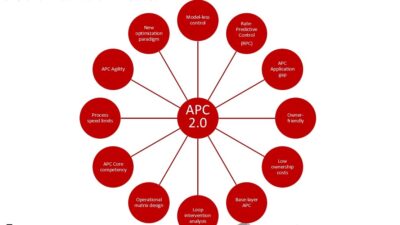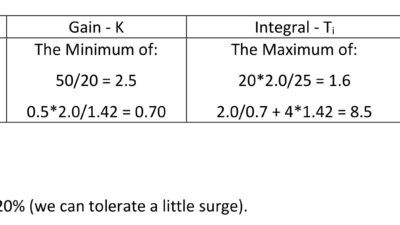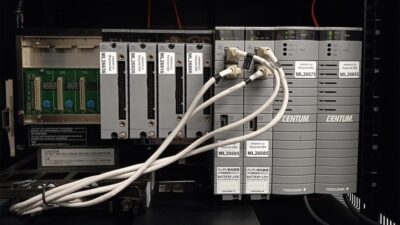At National Manufacturing Week in Chicago, March 13-16, it was e-everything, from sensor companies to system software providers, in automation, design, information technology, and quality, throughout the plant and enterprise. It was networking—personal/professional, devices, software, wired and wireless.
At National Manufacturing Week in Chicago, March 13-16, it was e-everything, from sensor companies to system software providers, in automation, design, information technology, and quality, throughout the plant and enterprise. It was networking—personal/professional, devices, software, wired and wireless. (See cover story.) And it was mergers, alliances, and arrangements to give customers what they need to succeed.
Goals remain familiar , though tools and methods may differ: connect the enterprise from the sensor to the system, allowing information to flow where needed in the supply chain for rapid, flexible, decision-making to best serve customers. If e-manufacturing is about communications and efficiency, then control engineers continue to enable, via sensing, communicating, and actuating.
Doing so at ever higher rates of speed, says Donna Takeda, director, Global Securities Research and Economics Group, Merrill Lynch & Co. (New York, N.Y.), requires companies to find core competencies, define strategies, create a roadmap, and, perhaps, restructure. Ms. Takeda spoke at the Control Engineering Editors’ Choice Awards reception, March 12 in Chicago.
It’s not only software . In some ways, integrating software via networks, intranet, and Internet makes the connecting hardware even more critical. Putting an Internet interface on a supply chain, without fundamental process improvements, exposes deficiencies in a hurry, says Michael V. Brooks, executive vp, Indx Software (Aliso Viejo, Calif.). Michael R. Gonzalez, Indx president and ceo, says becoming an e-business requires people across the enterprise to “know everything about operations and know it now.” That’s a huge task given disparate information sources and locations, but Indx and others lay claim to solutions. (See “Up Front.”)
Don Richardson, industry manager for Discrete Manufacturing Business Solutions Group, Microsoft Corp. (Redmond, Wa.), emphasized that software tools will tie business-to-business transactions to the plant floor: “There’s no time to plan anymore. Things happen in event-driven, real-time transactions, moving and aggregating information.” Scott Fawcett, manager, Microsoft Global Process Manufacturing and Energy Industry Business Solutions Group, adds, “It’s important for plant-floor people to think about not just viewing information, but interacting with it.”
With all these challenges , it’s ironic the end-users’ talent pool has shrunk while connecting systems have become more complex, explains Thomas J. Malott, president and ceo, Siemens Energy & Automation (Alpharetta, Ga.), in a March 8 Control Engineering interview. “At the same time customers seek to produce more, they need to gain flexibility to create more customized orders. To do that, they need automation that’s extremely flexible.” For more from Mr. Malott, see “Web Exclusives” at www.controleng.com .
To add flexibility, in this issue, gather tips for making PC-based systems work, on temperature sensing methods, and eliminating mechanical resonance in motion.
As much value as we place on technology, relationships often win too. Cutler-Hammer’s (Pittsburgh, Pa.) Patrick Ferrang, marketing manager, Machinery OEM, says winning a recent hardware contract included helping a customer in an unrelated commodity material purchase. Cutler-Hammer also threw in a no-initial-profit engineering services deal. Mr. Ferrang emphasizes that Cutler-Hammer still expects to make money from its new friend.
| Author Information |
| Mark T. Hoske, Editor-in-Chief [email protected] |




